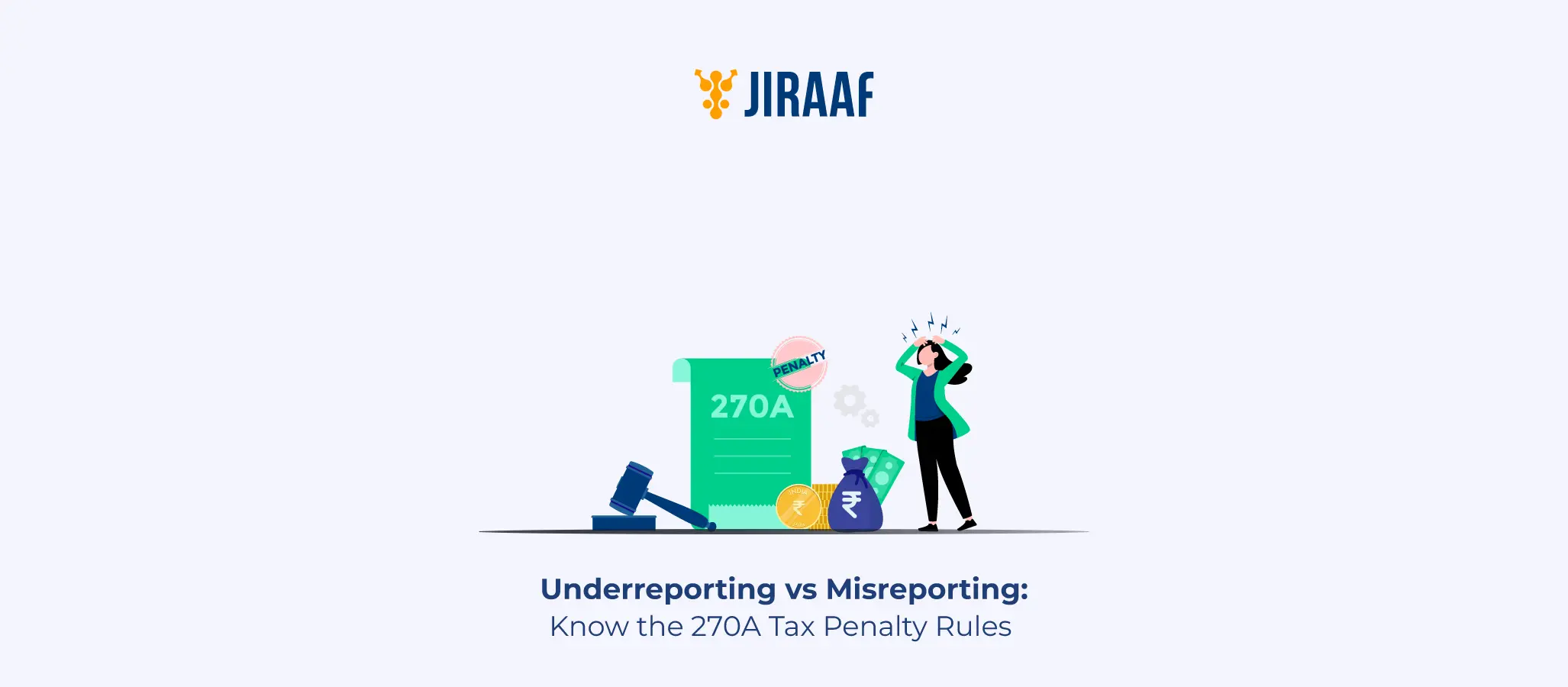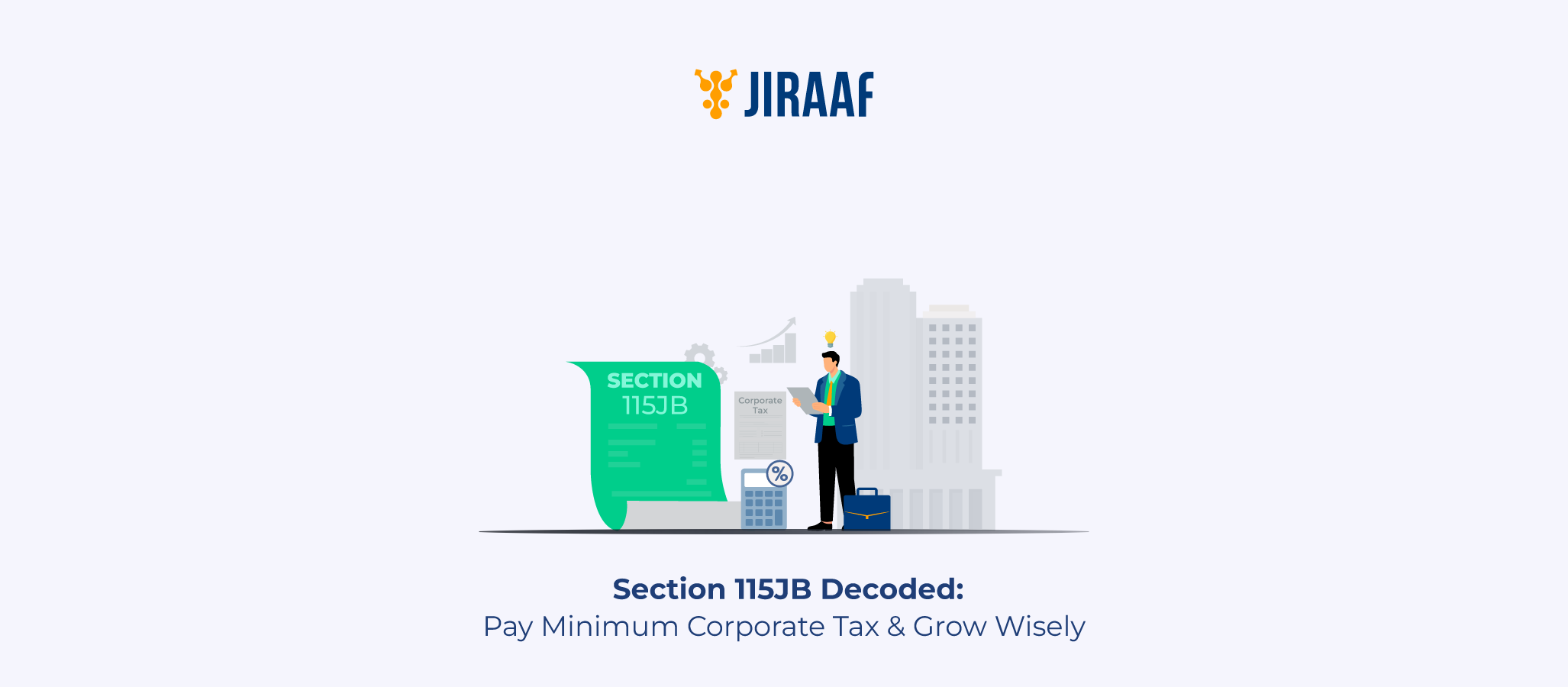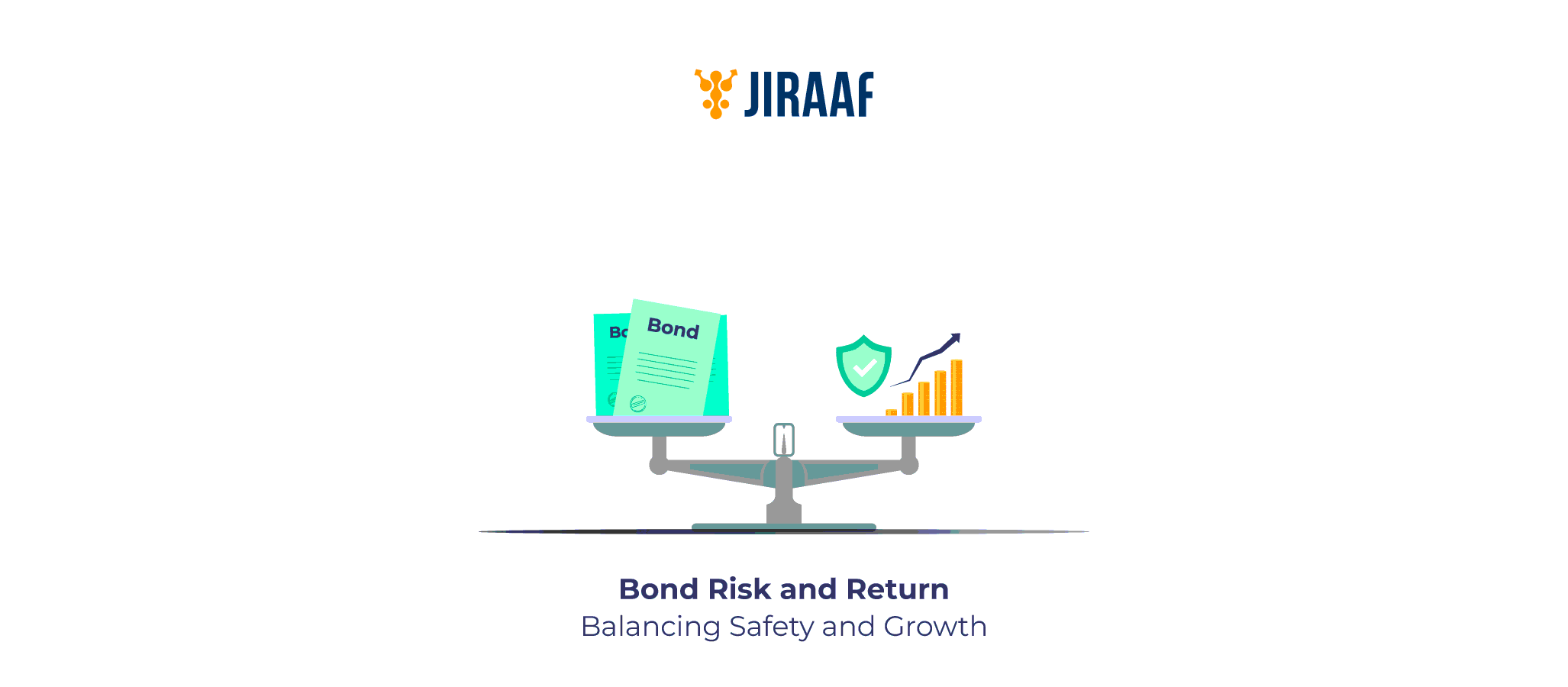Filing your income tax return might seem like a straightforward process—declare your income, claim deductions, pay tax, and you’re done. But the Income Tax Department doesn’t just take your word for it. It matches your return with various information sources (like Form 26AS, AIS, bank statements, and more). If discrepancies are found and you haven’t been transparent, you could face penalties under Section 270A of the Income Tax Act.
Introduced as part of the Finance Act, 2016, Section 270A replaced the older Section 271(1)(c) for imposing penalties and made the rules around underreporting and misreporting of income far more specific and structured. So, if you’re curious about what happens when you unintentionally (or intentionally) report incorrect income, this blog will walk you through everything you need to know.
What Is Section 270A of the Income Tax Act?
Section 270A empowers the Assessing Officer (AO) to levy penalties on taxpayers who underreport or misreport their income. It applies whether you’re an individual, business, or entity, and it’s triggered when the income declared in your return is found to be lower than what it should be or when income is omitted or misrepresented intentionally.
This section applies Assessment Year 2017–18 onwards and brings clarity and classification to the penalty structure, replacing the earlier discretionary provisions.
What Qualifies as Underreporting of Income?
Underreporting doesn’t always mean you intended to cheat the tax department—it could result from mistakes, miscalculations, or wrong interpretations of the law.
Situations that count as underreporting include
| Scenario | Example |
| Failure to furnish a return | You didn’t file ITR but had taxable income |
| Income assessed is more than income returned | You reported ₹10 lakhs, but AO assesses ₹15 lakhs |
| Deemed total income increased by reassessment | Income escapes original assessment |
| Return processed under 143(1) but reassessed under 143(3) | Differences in initial processing and final order |
| Underreported income due to incorrect claim of deductions or exemptions | Declaring ineligible HRA or medical claims |
What Qualifies as Misreporting of Income?
Misreporting goes a step further—it’s intentional, and the penalties are harsher. Instances of misreporting include:
| Misreporting Action | Example |
| Misrepresentation or suppression of facts | Hiding rental income intentionally |
| Non-recording of investments or receipts | Not showing gains from selling property |
| Claiming expenses not substantiated by evidence | Fake travel or business bills |
| Recording false entries in books | Fictitious donations or salary paid |
| Failure to report international transactions | Not declaring income from a foreign source |
| Incorrect classification of income heads | Showing capital gains as agricultural income |
Penalties Under Section 270A: Amount & Implications
Section 270A lays out different penalty slabs for underreporting and misreporting:
| Nature of Income Discrepancy | Penalty Rate |
| Underreporting of income | 50% of the tax payable on the underreported amount |
| Misreporting of income | 100% to 200% of the tax payable on the misreported amount |
Note: The penalty for misreporting can range from 100% to 200%, depending on the case, reflecting the severity of intentional fraud or concealment.
Exceptions and Relief Under Section 270A
You may not be penalized under Section 270A in certain cases.
- If the taxpayer offers a valid explanation and proves no intent to mislead
- If underreporting arises due to a bona fide mistake
- If income has been properly disclosed but misinterpreted due to complex provisions
- If the taxpayer voluntarily revises the return before any notice is served under Section 143(2) or 148
However, the burden of proof lies with you to justify your claim.
How to Avoid Penalties Under Section 270A
Here’s how you can stay in the clear.
| Best Practice | Why It Helps |
| File returns on time | Avoid scrutiny and late penalties |
| Match AIS and Form 26AS with your return | Ensures no income is missed |
| Avoid making exaggerated claims | Stick to deductions and exemptions you are eligible for |
| Maintain accurate books and records | Helps during assessments or audits |
| Seek professional help when unsure | Prevents unintentional errors |
| Declare all sources of income | Don’t ignore gifts, savings account interest, or foreign income |
| Respond promptly to notices | Inaction leads to assumptions and penalties |
Differences Between Section 270A and Section 271(1)(c)
Before Section 270A came into effect, penalties were governed by Section 271(1)(c). Here’s how they differ:
| Aspect | Section 270A | Section 271(1)(c) |
| Applicable from | AY 2017–18 onwards | Before AY 2017–18 |
| Nature of fault | Focused on underreporting & misreporting | Focused on concealment of income or furnishing inaccurate details |
| Penalty range | Fixed at 50% (underreporting) or 200% (misreporting) | Discretionary, ranging from 100% to 300% |
| Subjectivity | Reduced subjectivity | High discretion with the assessing officer |
Appeal Options if You’re Penalized
If you disagree with the penalty,
- You can file an appeal before the Commissioner of Income Tax (Appeals) under Section 246A
- Alternatively, you may approach the Income Tax Appellate Tribunal (ITAT)
- In special cases, you may consider revision under Section 264
However, appeals must be backed with strong reasoning and documents.
Common Mistakes That Lead to Section 270A Penalties and How to Avoid Them
| Mistake | Impact | What To Do Instead |
| Not reporting small income (FD interest, crypto gains, etc.) | May be seen as concealment | Always match Form 26AS and AIS |
| Overclaiming deductions without valid proof | Treated as misreporting | Keep documentary evidence ready |
| Using outdated tax rates or slabs | Wrong tax computation | Stay updated or consult a tax expert |
| Submitting returns after receiving notice | Considered reactive and suspicious | File on time voluntarily |
| Not reconciling bank statements with ITR | Unexplained credits flagged | Perform a thorough review before filing |
Final Thoughts: Stay Honest, Stay Compliant
Section 270A is not designed to penalize you for every minor slip—but it does aim to keep intentional defaulters in check. Whether you’re paying taxes as a salaried employee, self-employed professional, freelancer, or small business owner, transparency in your income reporting is key to staying out of trouble, warranted or otherwise.
Filing accurate returns, maintaining documentation, and understanding the tax provisions that apply to you can save you a lot of trouble—not to mention money. Think of it this way: honesty isn’t just the best policy; it’s the smartest tax-saving tool too.
Discover fixed income investments with Jiraaf, a SEBI registered online bonds platform that educates and brings access to a wide array of bonds. Sign up today to explore diversified fixed income investment opportunities to support your goal-based wealth creation journey. Start investing!









